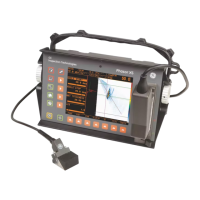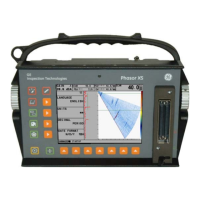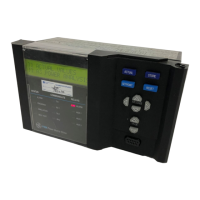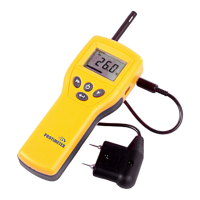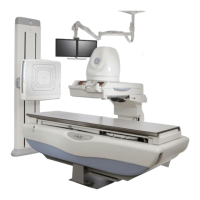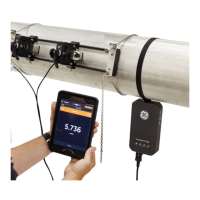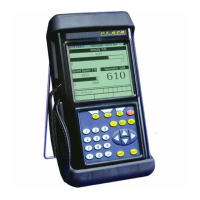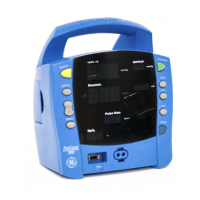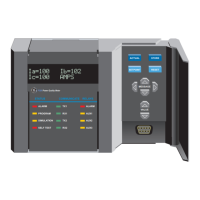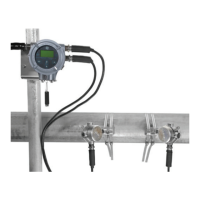Application of the Hygrometer (900-901D1) A-11
4/9/98
Corrosive Gases And Liquids
GE Panametrics M Series Aluminum Oxide Moisture Sensors
have been designed to minimize the affect of corrosive gases and
liquids. As indicated in the Materials of Construction section of
this appendix, no copper, solder or epoxy is used in the
construction of these sensors. The moisture content of corrosive
gases such as H
2
S, SO
2
, cyanide containing gases, acetic acid
vapors, etc. can be measured directly.
Note: Since the active sensor is aluminum, any fluid which
corrodes aluminum will
affect the sensor’s performance.
By observing the following precautions, the moisture probe may
be used successfully and economically:
1. The moisture content of the corrosive fluid must be 10 PPMv
or less at 1 atmosphere, or the concentration of the corrosive
fluid must be 10 PPMv or less at 1 atmosphere.
2. The sample system must be pre-dried with a dry inert gas,
such as nitrogen or argon, prior to introduction of the fluid
stream. Any adsorbed atmospheric moisture on the sensor will
react with the corrosive fluid to cause pitting or corrosion of
the sensor.
3. The sample system must be purged with a dry inert gas, such
as nitrogen or argon, prior to removal of the moisture probe.
Any adsorbed corrosive fluid on the sensor will react with
ambient moisture to cause pitting or corrosion of the sensor.
4. Operate the sample system at the lowest possible gas pressure.
Using the precautions listed above, the hygrometer has been used
to successfully measure the moisture content in such fluids as
hydrochloric acid, sulfur dioxide, chlorine and bromine.
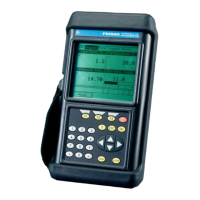
